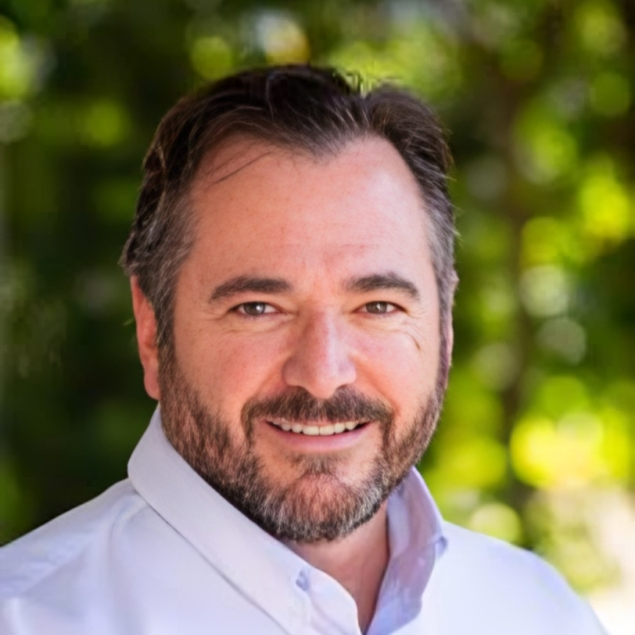Speaker Interview: Scott Saunders, KW Plastics
Please share some background on yourself and your company
My name is Scott Saunders, and I have 40 years of experience in the recycling business. I have been with KW Plastics for 30 years. KW is the largest recycler of HDPE and PP containers in North America, processing in excess of 575 million pounds per year of plastic scrap items. We purchase feedstock from both post-consumer and post-commercial sources throughout North America, Mexico, and the Caribbean. We supply a variety of blow and injection molding markets in the industrial and consumer spaces.
You’re going to be participating in a discussion about the impact of design and material selection on packaging recyclability. What design and material choices make your job as a recycler easier?
The best design for a package is one made from a single material. Problems occur when you have an HDPE bottle with a large PP cap and spout or a PET bottle with a PP shrink sleeve label. We encourage package designers to minimize their use of cross-resin designs where possible.
Including recyclate in packaging, especially in food-contact materials, is often seen as a challenge. How can recyclers act to ensure that their recyclate is used in equivalent value products? Is some amount of downcycling an inevitability?
We do not agree with the use of the term "downcycling" in principle. In our opinion, if the recycled content is used to reduce or displace the purchase of virgin polymer, then it has served its highest environmental purpose. For example, KW manufactures paint pails from recycled PP food containers. If our current raw material stream goes back into food, we will simply buy virgin resin to make our paint pails, meaning no environmental benefit has been accomplished. The same applies to agricultural pipe using detergent bottles or flower pots made from detergent bottles. If we can successfully grow the collection stream of HDPE and PP containers, then new markets will be needed to consume that new supply.
From a recyclers perspective, what do you view as the biggest challenges to achieving a plastics circular economy in the US?
The biggest challenge is the inability of our industry to grow the collection system to new parts of the country that do not have municipal recycling. Almost no new programs for curbside collection have been launched in major cities in almost 20 years.
As a mechanical recycler, to what extent do you see chemical recycling technologies complimenting your work?
If the promise of chemical recycling of plastics could be achieved, where those systems could process the vast amount of mixed flexible plastic waste currently being generated in modern economies, it would be a huge benefit. The problem is that the more
we learn about chemical recycling technologies, the more doubts arise regarding their economic models.
J. Scott Saunders will be speaking on Day 2 at the Plastics Recycling World Expo Theater.
Conference Producer

Peter Hannan-Young has a BSc in Chemistry from the University of Reading, UK, and a Masters in Green Chemistry from Imperial College London, UK. He has previously worked for Sun Chemical developing
their UV-curing inkjet products but now works for AMI as a Conference Producer. He is interested in materials and is passionate about sustainability and likes to use his knowledge of both to drive environmentally-conscious development in industry.

